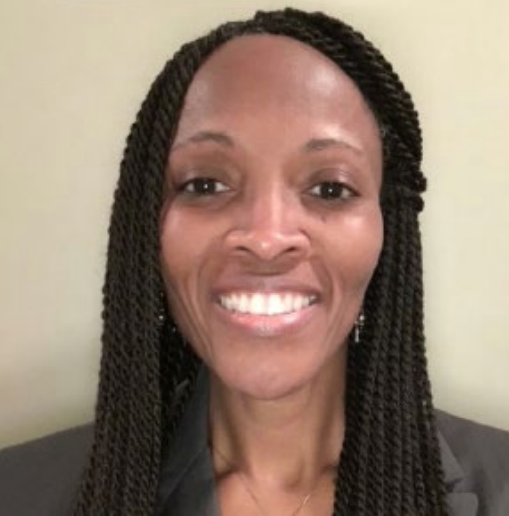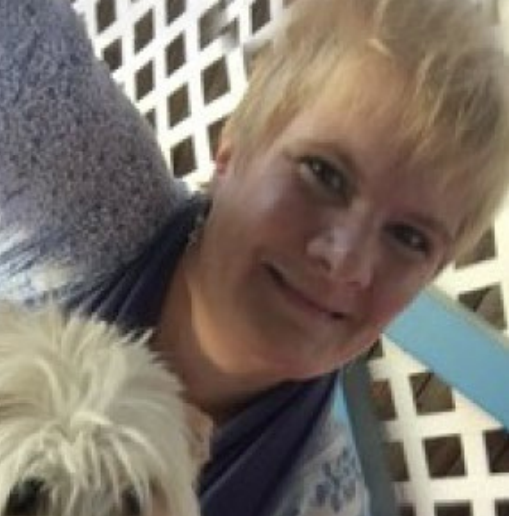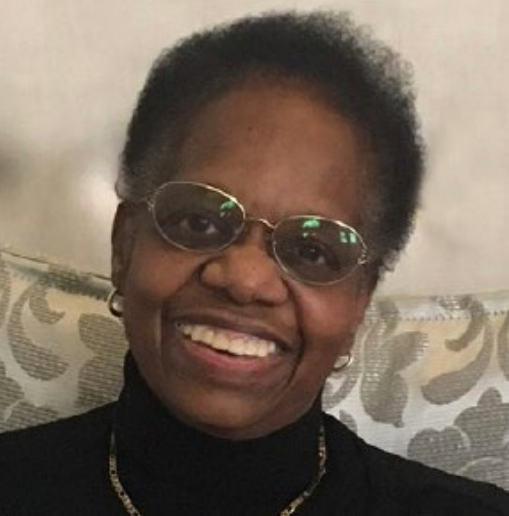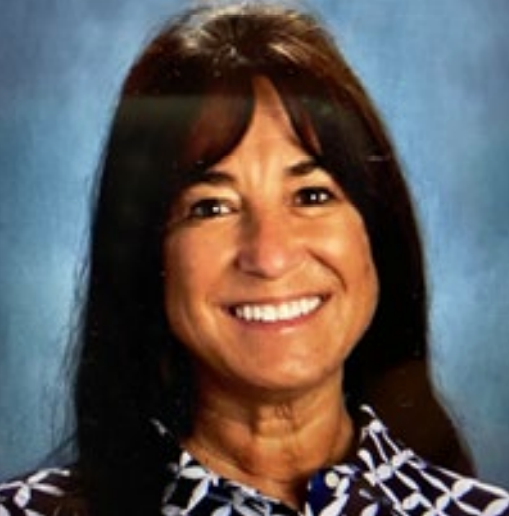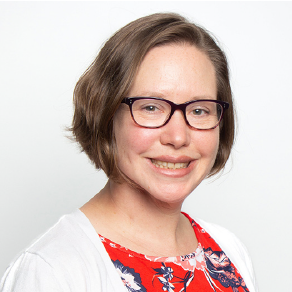
- This event has passed.
Learning How States, Districts, and Educators are Strengthening Kindergarten
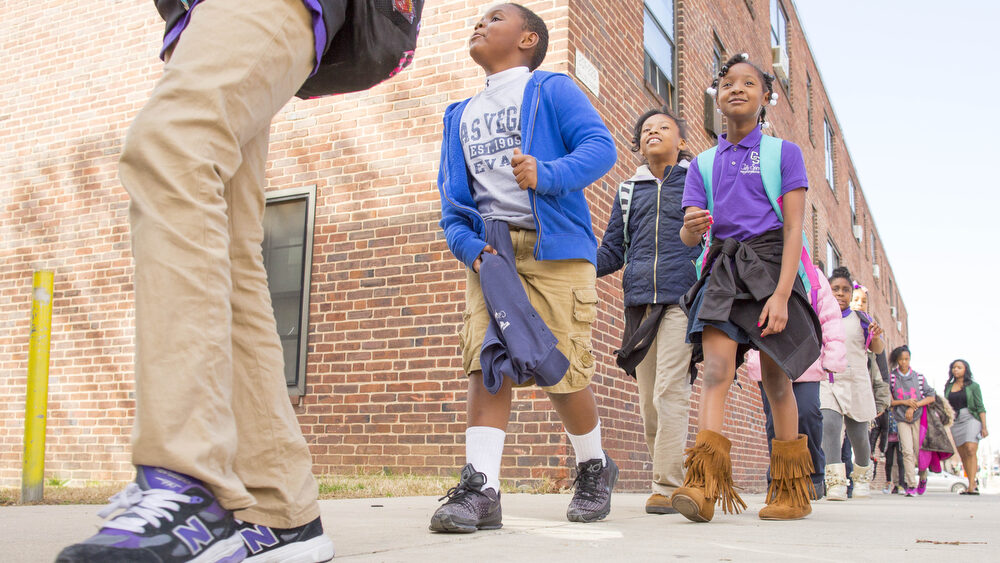
I think that over the course of the past 15 to 20 years the concept of kindergarten as building the foundation for students has been lost, and kindergarten has evolved into programming to “fast track” students towards specific benchmarks… In so doing, programs are trying to almost put the roof on the house before the foundation has had an opportunity to set, and then those who are not putting on the roof are definitely trying to build the walls.
Pamela Truelove-Walker, Ed.D., of the Alabama Department of Early Childhood Education, shared the quote above during this week’s session, Learning How States, Districts, and Educators Are Strengthening Kindergarten. Her remarks pointed toward the work that the webinar’s panel is doing. For state leaders, such as Truelove-Walker and Anna Severens of the Nevada Department of Education, supporting developmentally appropriate policies is central to this work. District leaders, such as Kim Holland, Ed.S., of Gwinnett County Public Schools, are also working to support kindergarten as a bridge between preschool and first grade. Holland shared information about her district’s Kindergarten Academy and its importance for learning, saying, “We had several principals come to our department and say, ‘can you write 180 days of lesson plans for our teachers to do it like this, because this is what kindergarten should look like.’ And so we have started that process of what we are calling joyful learning.” Jason Sachs, Ph.D., shared how he is working to align curriculum from birth through third grade in Boston Public Schools and how he recognized “that alignment is critical. What you’re also seeing in the data is that alignment is really hard.”
State and district leaders can’t do this work alone; Jeri Robinson of Boston Public Schools Committee said, “it’s not just a school thing.” It requires teachers, partners and families to build a strong foundation in kindergarten. Stacy Macri of Abbot-Downing School is one of those teachers. At her school in New Hampshire, play-based learning teaches not only academic skills, but motor skills, self-help skills and skills for the whole child — most of them through play. Robinson talked about how museums and libraries can function as safe places for families and children to introduce kindergarten and prepare them for it.
As the conversation concluded, these leaders reflected on practices that are effective. Anna Severens of the Nevada Department of Education summarized the conversation, saying buy-in is critical and principals must understand the work so that kindergarten teachers can do it. There is a need for more work around a stronger coaching system. And finally we must do this work system wide.
Panel
